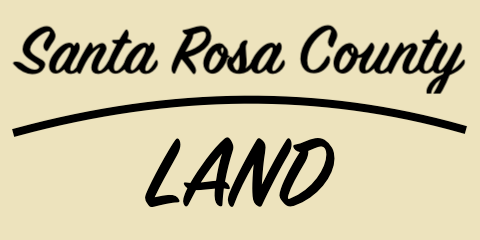In a single 258-mile-long river through Alabama and Florida are the Conecuh and Escambia Rivers. The headwaters for this beautiful river are Union Springs, Alabama, where it is called the Conecuh. As the river flows southwesterly it becomes the Escambia River when it crosses the Alabama line into Florida, eventually draining into Escambia Bay, an arm of Pensacola Bay.
Being the fourth largest river in Florida, the Escambia River has a plethora of North American freshwater fish. There are 85 native freshwater species in this river, which is more than any other river in Florida. The highly productive basin of this river is a large nursery for commercially important shellfish and finfish. The Escambia River also has a wide array of flora and fauna.
If you are looking for a way to access the Escambia River, there are a number of access points including three fishing camps all along Highway 90 between Pensacola and Pace. You can access the lower river as well as the delta marshes directly. Just south of Pace on the northeast shore of Escambia Bay below the mouth of the river is the boat ramp. Highway 184, north of Pace is Quintette Landing. You will be able to choose a great fishing spot in both the upper and lower river, including backwater areas.
If you are closer to Highway 29 you can access a boat launch at Beck’s Lake. This is a great option due to being located between Quintette Landing and not having to go further downstream for a ramp. Beck Lake allows angler’s ability to fish in still water and yet still have direct access to the Escambia River. There are several other boat landings along the upper river. These include Molino, Sandy Landing (closed January 1 st – February 15 th ), Webb Lake, McDavid, Cotton Lake, Bluff Springs, Kyser Landing, Fisher Landing (Century), and Oil Plant (just north of Jay).



